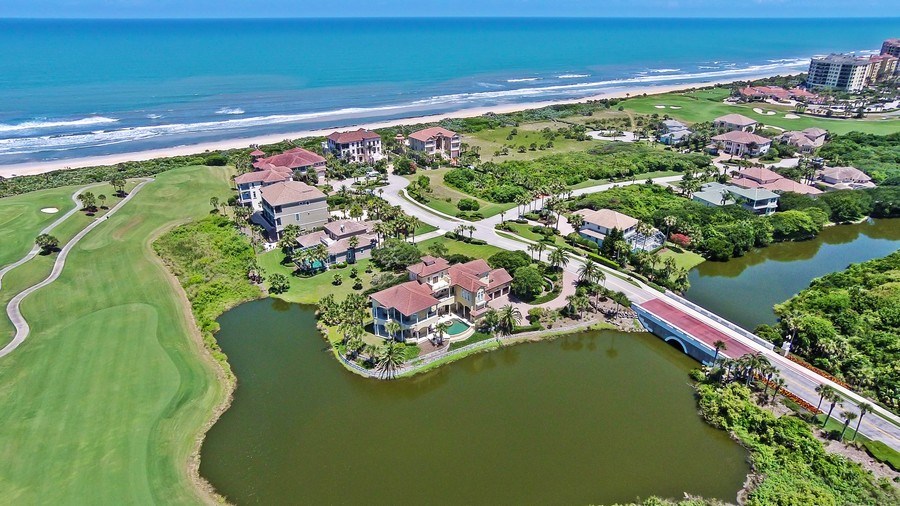The prevailing sentiment in the housing market is that it’s a great time to sell, as housing prices and demand has steadily creeped up. While that may be the case, such a rosy portrait of the market doesn’t tell the full story, which is that only one-third of all houses in the United States have fully recovered their value from their pre-recession peak. And Miami has one of the worst rates in the nation.
That’s according to Trulia, which looked at individual home values in the 100 largest U.S. markets to determine what percent of their peak value they have recovered. Their findings show that just 34 percent of homes nationwide are now worth more than their pre-recession peak. At this rate, home prices nationwide will not recover their full value until 2025.
While the nationwide number is pretty bleak, a market-by-market look shows that home-value recovery varies wildly by location. In Las Vegas, only 3 percent of homes have recovered the value of their pre-recession peak, while cities like Denver and San Francisco both have at least 98 percent of its homes worth the same or more than their highest value before the 2007 recession, according to Trulia.
In Miami, only 10.8 percent of homes have recovered their pre-recession peak value, good for 71st out of 100 U.S. markets, according to Trulia. The median home value as of March was $274,180, while the peak-recession median home value was $331,864.
| % oh homes recovered pre-recession peak value | Median home value, March 2017 | Pre-recession peak median home value | Post-recession income growth | Post-recession job growth | |
|---|---|---|---|---|---|
| Miami | 10.80% | $274,180 | $331,864 | 2.20% | 19.00% |
Job market drives home price recovery
Why does Miami have one of the worst home-value recoveries of any major city? There are three factors Trulia identifies as driving home prices: income growth, population growth and post-recession housing vacancy rates.
For example, a 1-percentage-point increase increase in an area’s income growth correlates to a 3.5 percent increase in the percentage of homes that have recovered their value, according to Trulia. Miami’s post-recession income growth is 2.2 percent. That’s the fourth lowest of any market, with Las Vegas being the only other major market with worse income growth.
“The intuition here is this: housing is what economists call a ‘normal good,’” Trulia’s report reads. “So when incomes rise, households tend to spend more on housing, which pushes up prices.”
Competing portraits of the market
Trulia’s report diverges from the housing market portrait painted by entities like the S&P/Case-Shiller U.S. National Home Price Index. The S&P index just reported that home values have risen at the sharpest rate in three years. In January, the index hit its consecutive all-time high.
Though both the S&P and the FHFA House Price Index have exceed their pre-recession peak, those measures pull data only from homes that sell. A majority of the homes not listed for sale have not recovered, and that truth is obscured in the other indexes, Trulia claims.
“The U.S. housing market recover looks very different when examining the value of individual homes,” the report reads.

